The Kham people are historically warriors and fighters and even today you might find nomad with a huge sword tucked under the front seat of his car. But for all their history as fighters, these are some of the most curious, friendliest people on the planet.
Kham (Tibetan: ཁམས་, Chinese: 康; pinyin: Kāng) is a historical region of Tibet covering a land area largely divided between present-day Tibet Autonomous Region and Sichuan, with smaller portions located within Qinghai, Gansu and Yunnan provinces of western China. This area holds roughly about 1.5 million Tibetans and accounts for the largest monasteries and the areas with the most monasteries per population on the Tibetan Plateau.
With yaks, wild donkeys, marmots, blue sheep, and Himalayan Golden Monkeys, Kham has a rugged terrain characterized by mountain ridges and gorges running from northwest to southeast, and collectively known as the Hengduan Mountains. Numerous rivers, including the Mekong, Yangtze,Yalong River, and the Salween River flow through Kham. Kham has many unclimbed 5000 meter peaks, verdant forests, and high grasslands where yaks and sheep roam free on the plains.
Under the modern administrative division of China, Kham includes a total of 50 contemporary counties of the People's Republic of China which have been incorporated into the Chinese provinces of Sichuan (16 counties), Yunnan (three counties), and Qinghai (six counties) as well as the eastern portion of the Tibet Autonomous Region (25 counties).
Kham was traditionally referred to as Chushi Gangdruk, i.e. 'four rivers and six ranges'. The Kham people have endured a tumultuous past, their sovereignty often encroached upon and marginalized by both Tibetans to the west and the Han Chinese to the East. The five main independent regions were the Kingdom of Chakla, Dege, the Kingdom of Lingtsang, Nangchenand the Kingdom of Lhatok. Other important polities included Nangqen, Chamdo, Batang, Mili, and the Hor States.
To discover Kham with us check out some of these links:
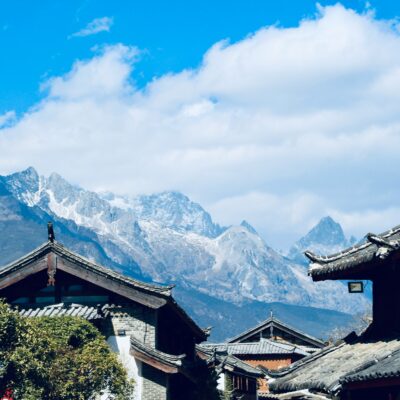
Northern Yunnan: A special tour with Jack and Sophia
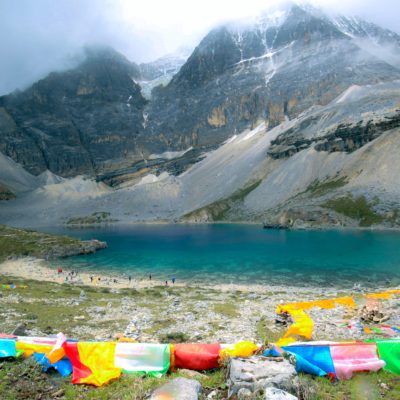
Chengdu to Yading Trekking
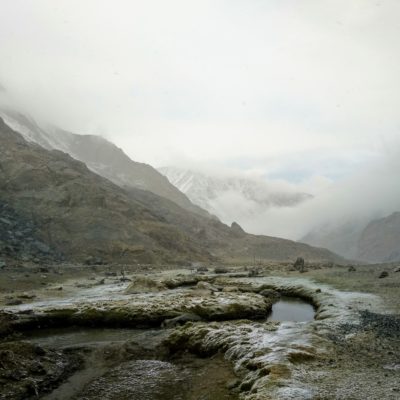
Western Sichuan and Kham Tibet, Trekking
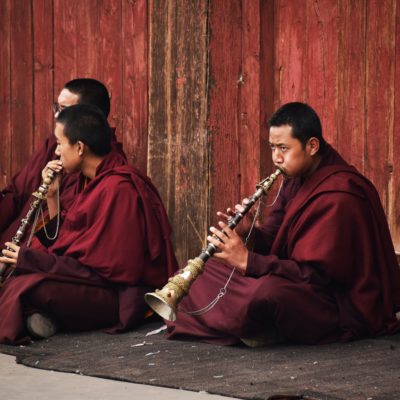
Yushu Ecotour, short version
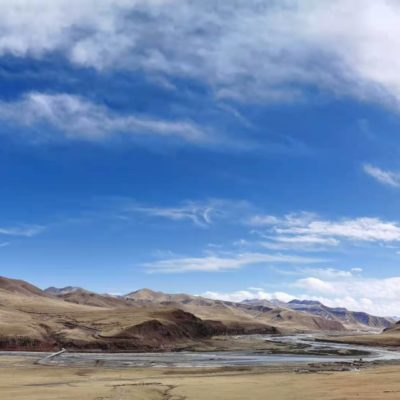
Ecotourism in Yushu: Exploring Sanjiangyuan National Park
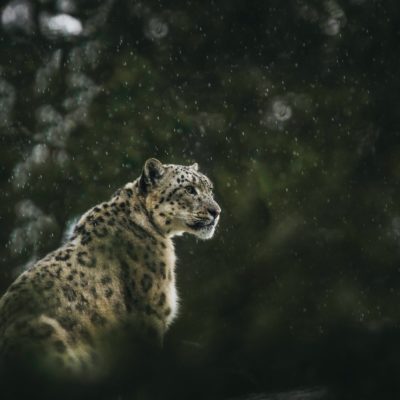
Snow Leopard Wildlife Journey
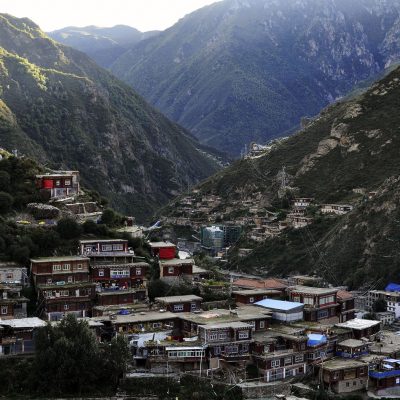
Adventures in Kham (Eastern Tibet), a photography tour
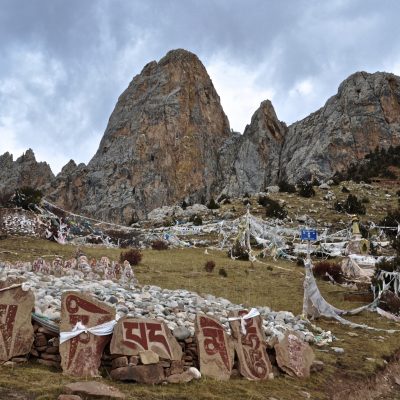
Trekking Nangchen: Splendor and Majesty
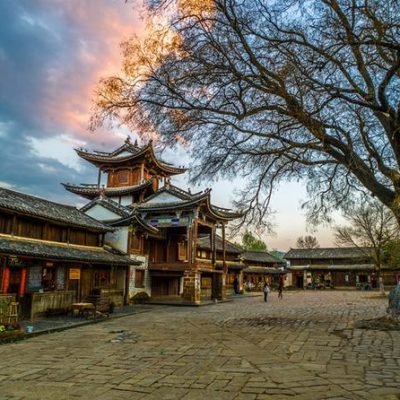
Incredible Northern Yunnan
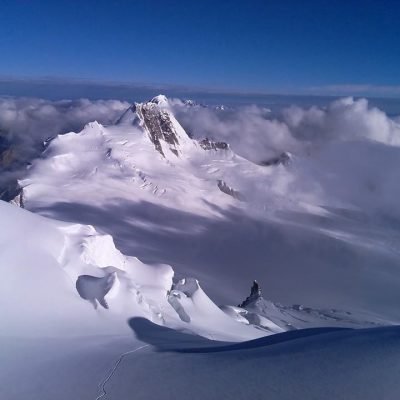
Chola Mountain
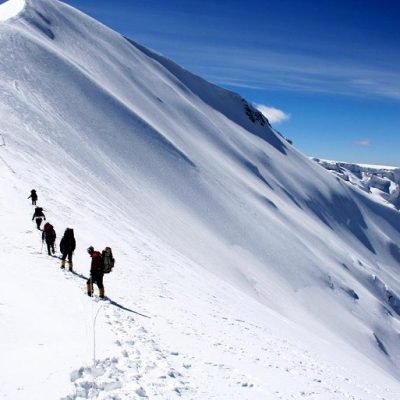
Mount Haba Expedition
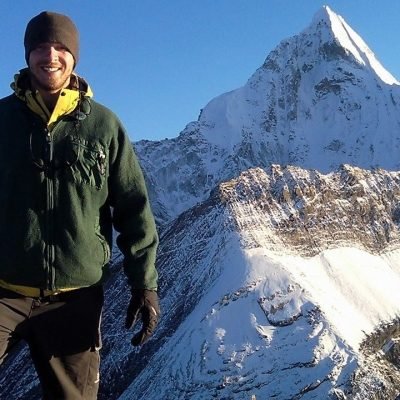
Four Sisters Mountain Peak Three
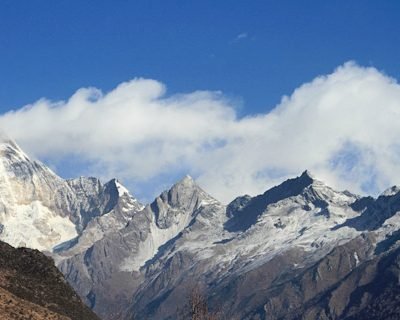
Four Sisters Peak One, Peak Two, and Peak Three Combined
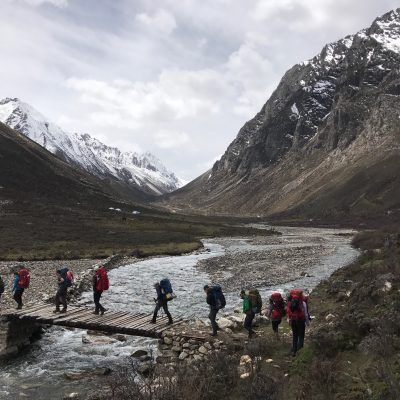
Trekking Legendary Minya Konka



